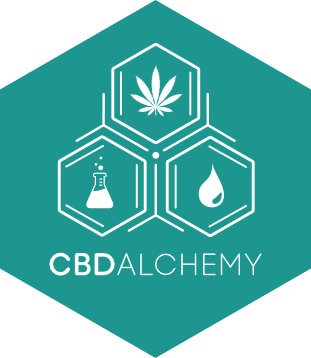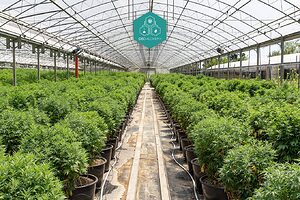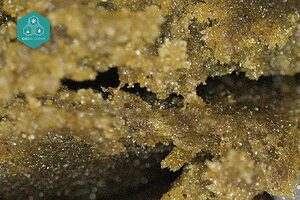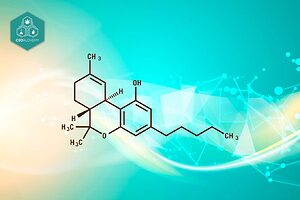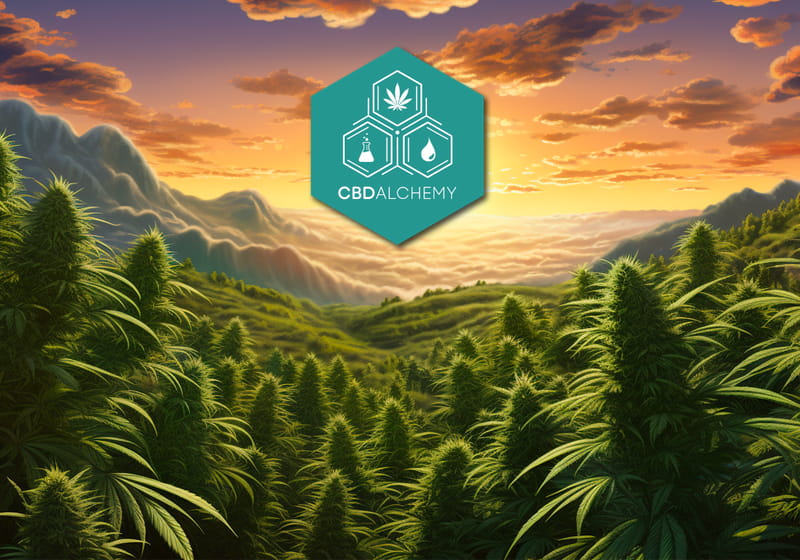
‘Dope chocolate’ refers to hash, a cannabis resin concentrate. This article explores its origin, differences from marijuana, and the effects and risks of its use.
Key Points
- Hashish, known as ‘dope chocolate,’ is a concentrated form of cannabis with a THC content of more than 50%, making it more potent than marijuana.
- Hashish consumption can cause short-term effects such as euphoria and relaxation, but prolonged use is associated with risks of memory problems, emotional disturbances and dependence.
- CBD hashish offers a non-psychoactive alternative with medicinal properties, while THC hashish can induce adverse effects, such as anxiety and psychosis.
Origin of the drug chocolate
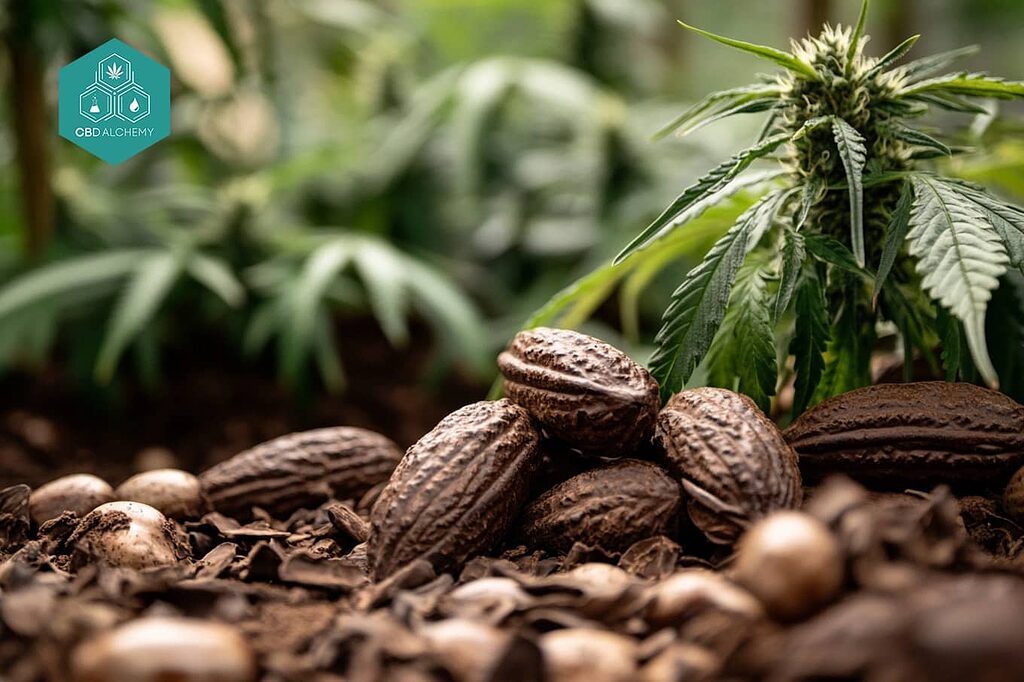
Hash comes from the resin of the cannabis plant, a substance rich in cannabinoids. This plant, known scientifically as Cannabis Sativa, Indian Cannabis and Cannabis Ruderalis, produces flowers containing a sticky resin. Through an extraction process, this resin is converted into hashish, one of the most concentrated forms of cannabis.
The resin is collected from the flowers of the cannabis plant, providing a highly concentrated substance that is processed into different forms, such as blocks or balls. This final product is what is commonly known on the street as “dope chocolate” and also includes various substances.
Production process
The hashish production process begins with the separation of the cannabis resin. This process can be done by modern methods, such as the use of ice and water, or by traditional techniques, such as rubbing fresh flowers.
Once separated, the resin is filtered to remove impurities and compressed into blocks using cannabis oil to maintain consistency. These blocks can vary in color, presenting shades of brown, green, yellow or reddish.
In the end, a product with a high concentration of cannabinoids is obtained, ready for consumption.
Different names in the street
Hashish is known by different street names, depending on the region and culture. In some countries it is called “hash”, while in others it is known as “shatter” or “oil”.
In Arab cultures, it is called “hashish”, reflecting a long tradition of its use. These common names not only indicate the variety of cultural practices, but also the different ways in which hashish is consumed.
Differences between hashish and marijuana
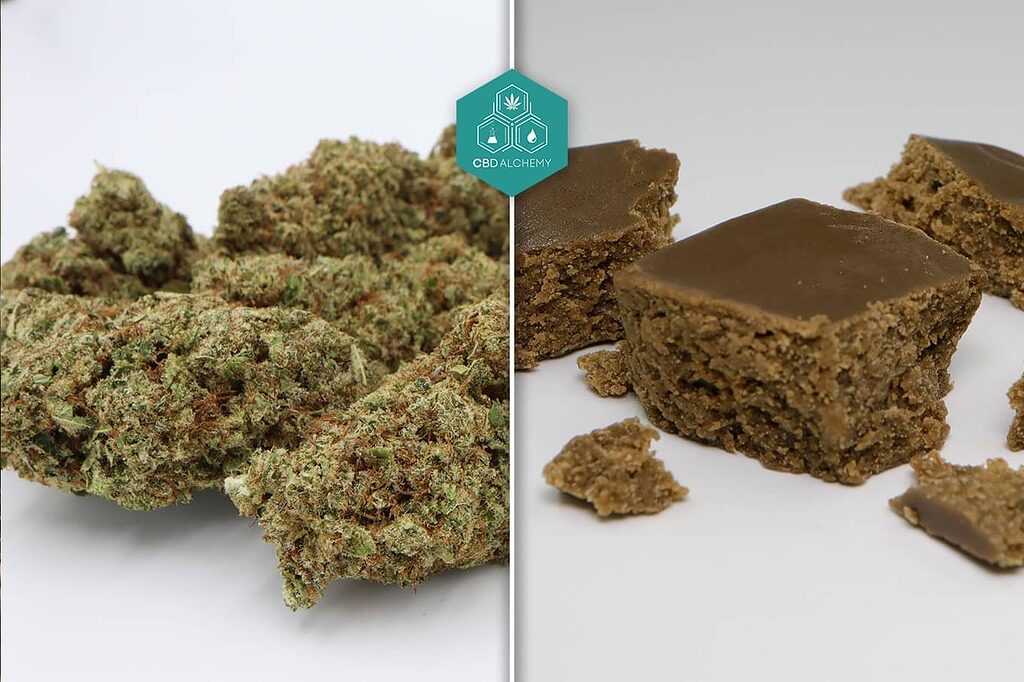
Although hashish and marijuana come from the same plant, the difference lies in which part of the plant is used and how it is processed. Hashish is derived from the resin or pollen of the cannabis plant, while marijuana is obtained from the dried flowers and leaves. This difference in origin also leads to a significant variation in THC concentration; hashish can have more than 50% THC, while marijuana contains between 10% and 30%.
Due to its higher THC concentration, the effects of hashish are usually more intense and faster. This makes hashish more potent and, in many cases, more sought after by those seeking a stronger experience. In addition, hashish generally comes in the form of blocks or balls, unlike marijuana, which is consumed in its dried leaf form.
Hashish is known in some places as “chocolate” because of its characteristic color and is commonly used in joints or vaporizers. Marijuana, on the other hand, is often consumed in tobacco cigarettes or in foods such as candy and other edibles.
Effects of chocolate drug use

The consumption of dope chocolate produces effects similar to those of marijuana, although more intense due to its higher concentration of THC. The effects can vary from:
- euphoria
- relaxation
- altered perception of time
- alteration of the perception of space
These effects are divided into short-term and long-term effects, which we will detail below.
Short-term effects
The immediate effects of hashish consumption include:
- emotions of euphoria and satisfaction
- a feeling of relaxation and well-being
- disinhibition
- a distorted perception of time
These effects are common among users.
However, these effects can also include physical reactions such as dry mouth and eye redness. These symptoms can be bothersome, but they are temporary and usually disappear as the effects of hashish wear off.
Long-term effects
Prolonged use of hashish can lead to a decreased ability to recall events, affecting long-term memory. In addition, habitual use may increase the risk of emotional disturbances and psychosis, especially in predisposed individuals. The long-term effects of hashish are comparable to marijuana, which can also cause dependence and emotional disturbances.
Effects of CBD hashish consumption

CBD hashish is a variant of hashish that contains cannabidiol (CBD), a non-psychoactive substance that offers medicinal properties. Unlike THC, CBD does not produce euphoric effects, but can help in the treatment of chronic pain, anxiety and epilepsy. This makes it a popular choice for those seeking the medicinal benefits of cannabis without the psychoactive effects.
THC is still primarily responsible for the euphoric effects associated with hashish consumption. However, CBD hashish offers a safer alternative for medicinal consumption, reducing the risk of long-term negative effects.
Risks associated with hashish consumption

Hashish consumption can cause memory and attention disturbances due to its impact on the body’s cannabinoid system and the brain. These adverse effects are compounded with prolonged use, increasing the risk of dependence and psychological disorders.
In the following subsections, we will explore abuse disorders, withdrawal and the importance of seeking professional help.
Abuse disorders
Excessive hashish use can result in dependence, where the individual feels a compulsive need to continue use despite negative consequences. This dependence can manifest itself in anger management problems and frustration at not being able to stop using.
In addition, hashish use can lead to intense feelings of happiness, but can also induce anxieties and paranoia in some users. Tolerance builds up over time, and withdrawal symptoms become more severe upon cessation of use.
Withdrawal Syndrome
Hashish withdrawal symptoms can lead to physical symptoms such as insomnia and anxiety, complicating the process of quitting the drug. These symptoms can include depression and sleep disturbances that affect the individual’s quality of life.
Individuals who quit hashish may experience significant emotional changes, which may include increased irritability and frustration. The duration of withdrawal can vary, but generally persists for one to four weeks after quitting hashish.
Professional Help
Seeking professional help is essential for those facing hashish addiction problems. There are several treatments available, which may include individual therapy, support groups and detox programs. Having the support of professionals and support groups can facilitate the recovery process and improve success rates.
Withdrawal can include symptoms such as irritability, anxiety and sleep problems, which makes seeking help even more critical. Professional help provides the support needed to overcome these challenges and achieve successful recovery.
Summary
In summary, hashish, or “chocolate dope,” is a substance with intense effects and significant risks. From its origin and production process to the short- and long-term effects, it is important to be aware of the implications of its consumption. CBD hashish offers a medicinal alternative, but the risks of abuse and dependence remain significant. Seeking professional help is crucial for those facing problems with hashish use. The information presented here serves as a guide to making informed and responsible decisions.
Frequently Asked Questions
What is hashish?
Hashish is a substance obtained from the resin of the cannabis plant. It is important to consider its effects and legality in various regions.
What are the short-term effects of hashish consumption?
Hashish consumption produces short-term effects such as euphoria, dry mouth, eye reddening and a distorted perception of time. These effects can affect concentration and coordination.
How is hashish different from marijuana?
Hashish differs from marijuana in that it comes from the resin of the plant and has a higher concentration of THC, while marijuana is composed of dried flowers and leaves.
What are the long-term risks of hashish use?
Long-term use of hashish carries significant risks such as memory problems, depression, psychosis and an increased likelihood of developing dependence. It is crucial to be aware of these consequences.
How do I get professional help to quit hashish?
To quit hashish, it is crucial to seek professional help through individual therapy, support groups or detox programs that offer the necessary support. Taking this step can make or break your recovery.
